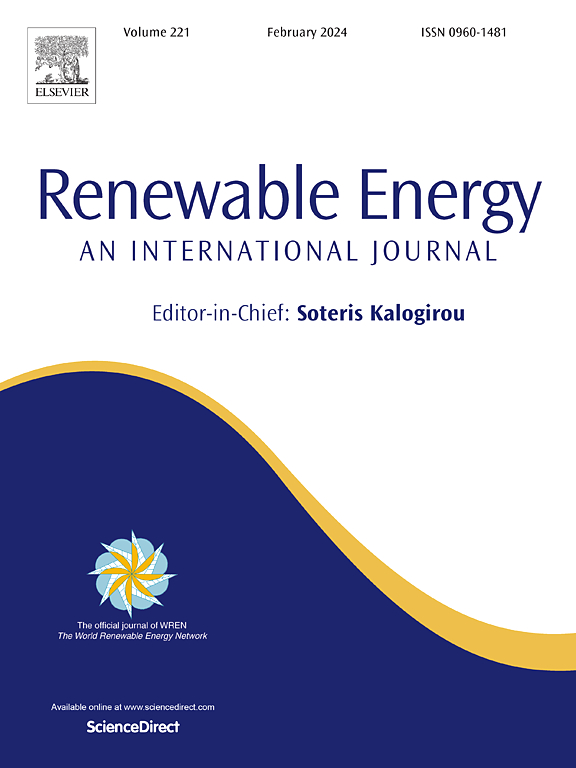Dynamic rolling horizon optimization for network-constrained V2X value stacking of electric vehicles under uncertainties
IF 9
1区 工程技术
Q1 ENERGY & FUELS
引用次数: 0
Abstract
Electric vehicle (EV) coordination can provide significant benefits through vehicle-to-everything (V2X) by interacting with the grid, buildings, and other EVs. This work aims to develop a V2X value-stacking framework, including vehicle-to-building (V2B), vehicle-to-grid (V2G), and energy trading, to maximize economic benefits for residential communities while maintaining distribution voltage. This work also seeks to quantify the impact of prediction errors related to building load, renewable energy, and EV arrivals. A dynamic rolling-horizon optimization (RHO) method is employed to leverage multiple revenue streams and maximize the potential of EV coordination. To address energy uncertainties, including hourly local building load, local photovoltaic (PV) generation, and EV arrivals, this work develops a Transformer-based forecasting model named Gated Recurrent Units-Encoder-Temporal Fusion Decoder (GRU-EN-TFD). The simulation results, using real data from Australia’s National Electricity Market, and the Independent System Operators in New England and New York in the US, reveal that V2X value stacking can significantly reduce energy costs. The proposed GRU-EN-TFD model outperforms the benchmark forecast model. Uncertainties in EV arrivals have a more substantial impact on value-stacking performance, highlighting the significance of its accurate forecast. This work provides new insights into the dynamic interactions among residential communities, unlocking the full potential of EV batteries.
求助全文
约1分钟内获得全文
求助全文
来源期刊

Renewable Energy
工程技术-能源与燃料
CiteScore
18.40
自引率
9.20%
发文量
1955
审稿时长
6.6 months
期刊介绍:
Renewable Energy journal is dedicated to advancing knowledge and disseminating insights on various topics and technologies within renewable energy systems and components. Our mission is to support researchers, engineers, economists, manufacturers, NGOs, associations, and societies in staying updated on new developments in their respective fields and applying alternative energy solutions to current practices.
As an international, multidisciplinary journal in renewable energy engineering and research, we strive to be a premier peer-reviewed platform and a trusted source of original research and reviews in the field of renewable energy. Join us in our endeavor to drive innovation and progress in sustainable energy solutions.
 求助内容:
求助内容: 应助结果提醒方式:
应助结果提醒方式:


